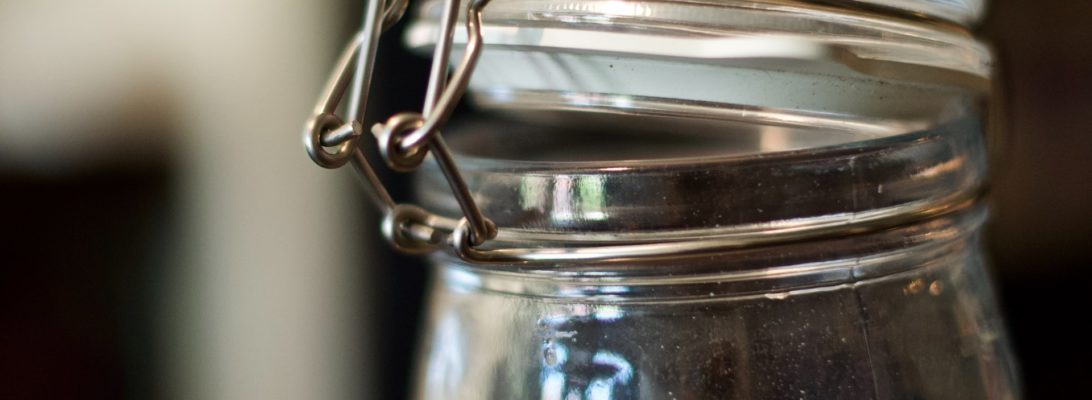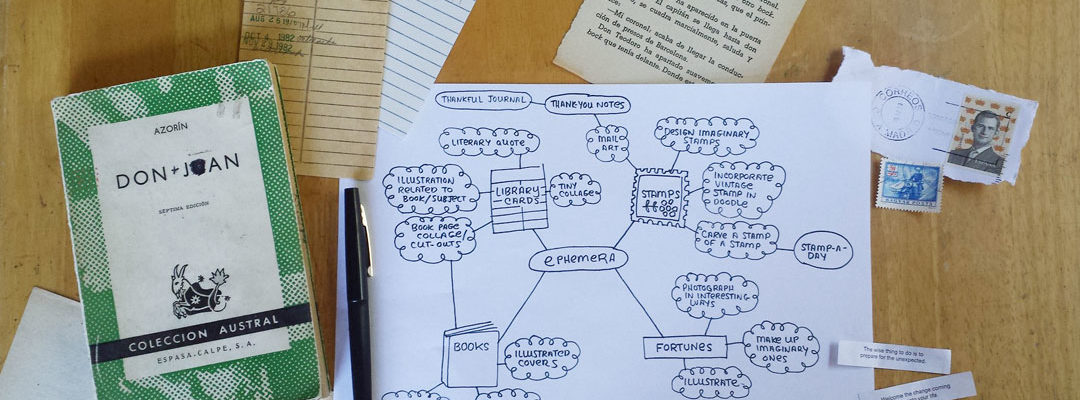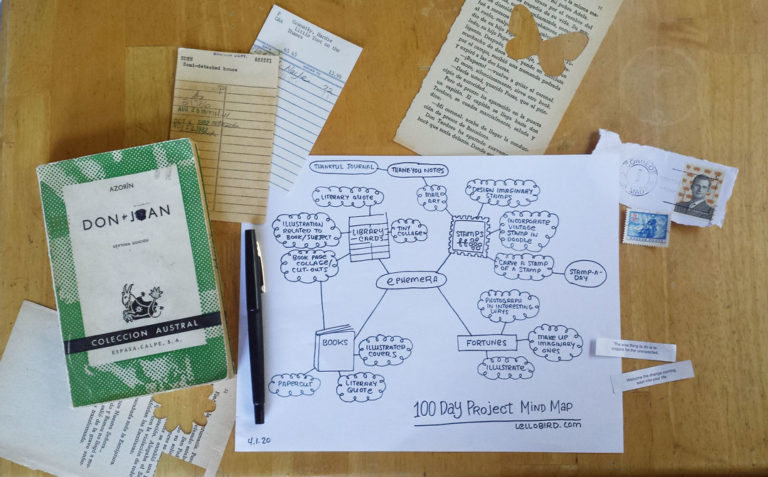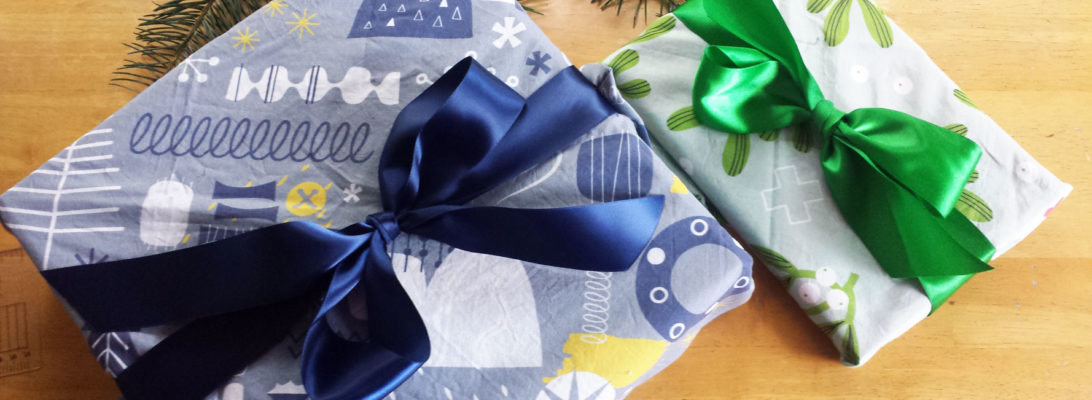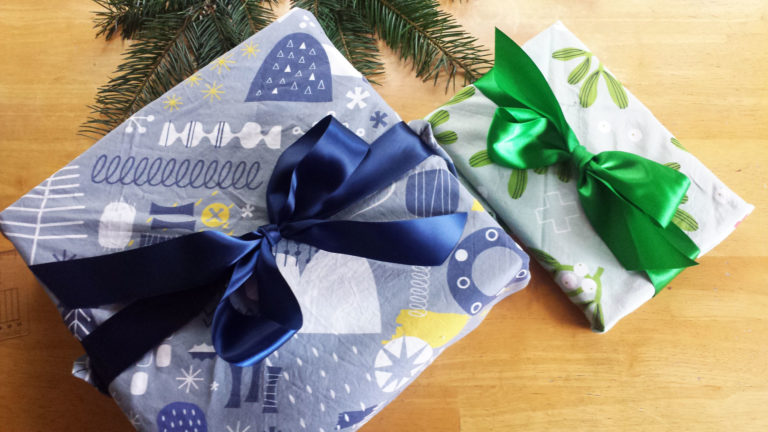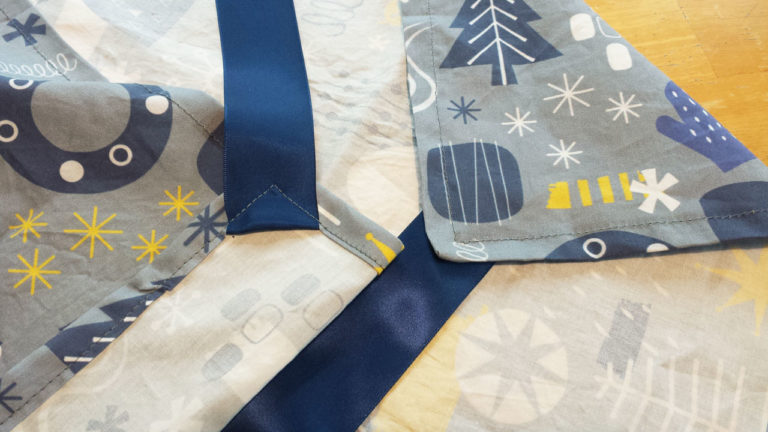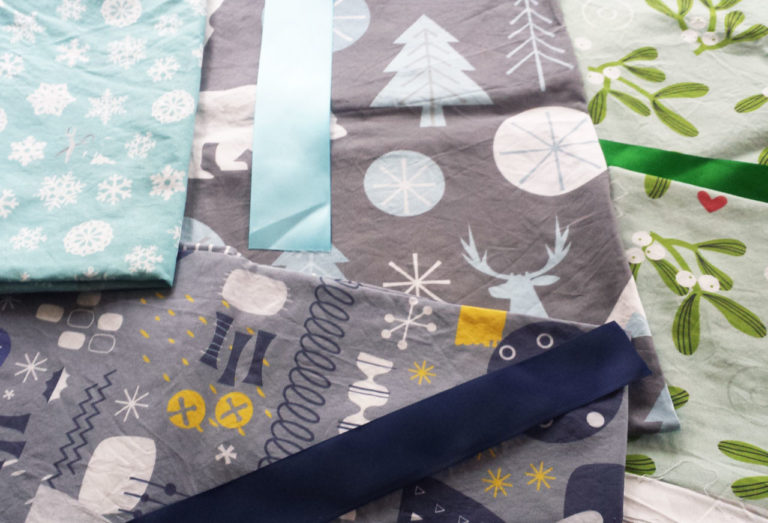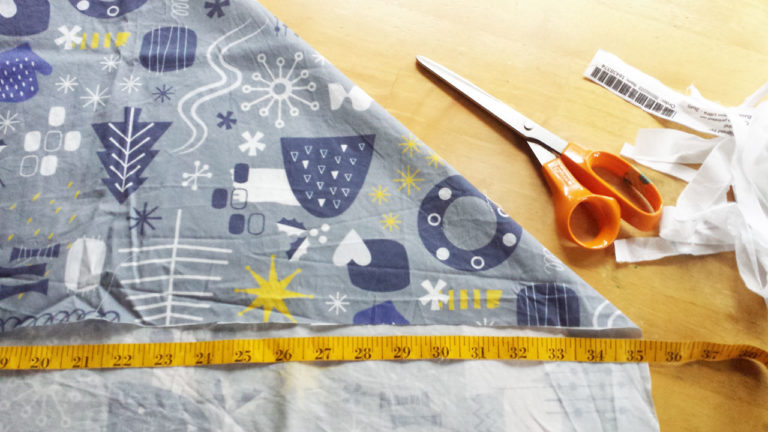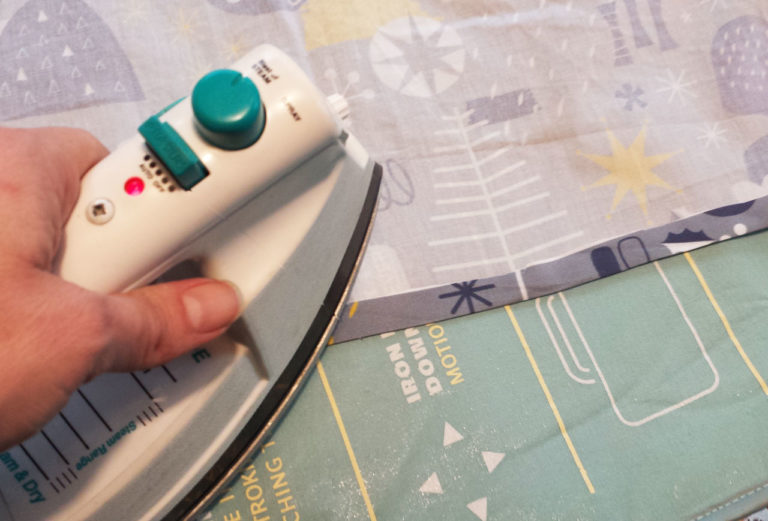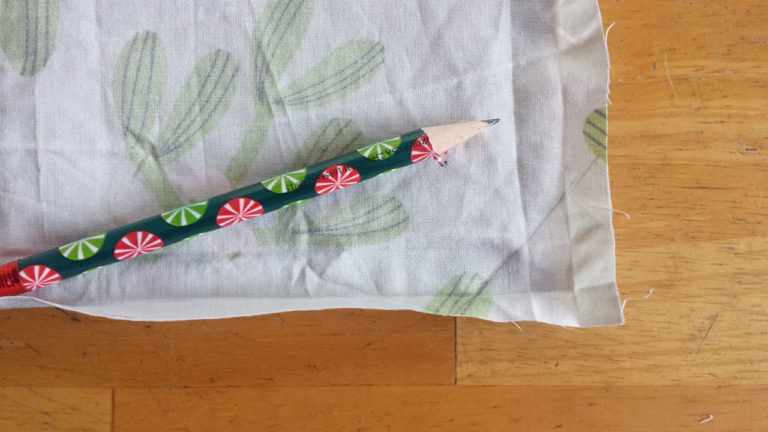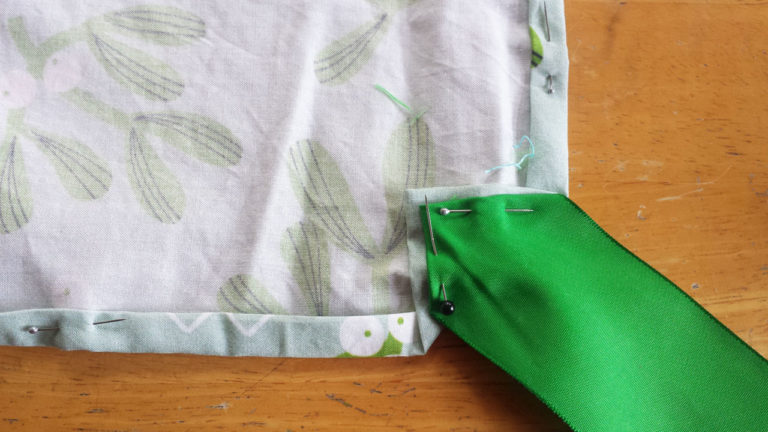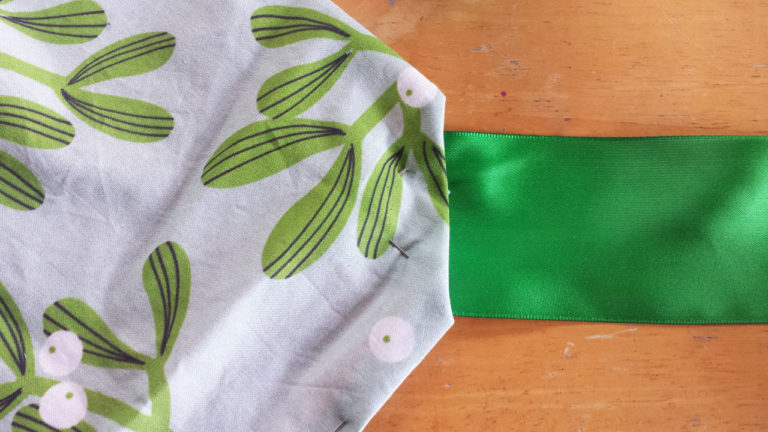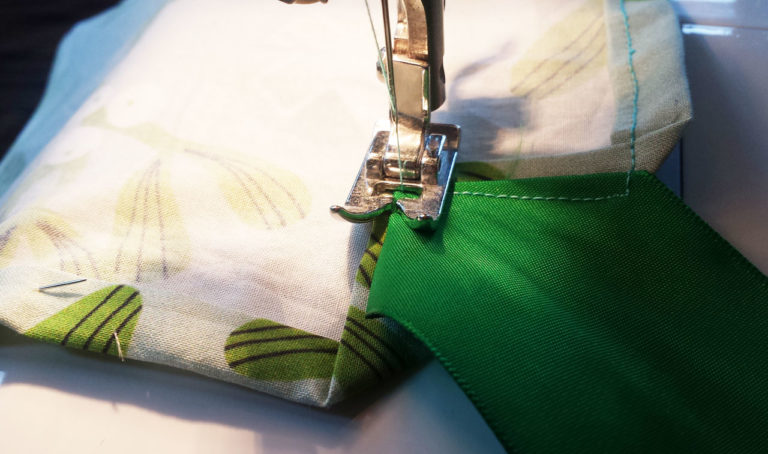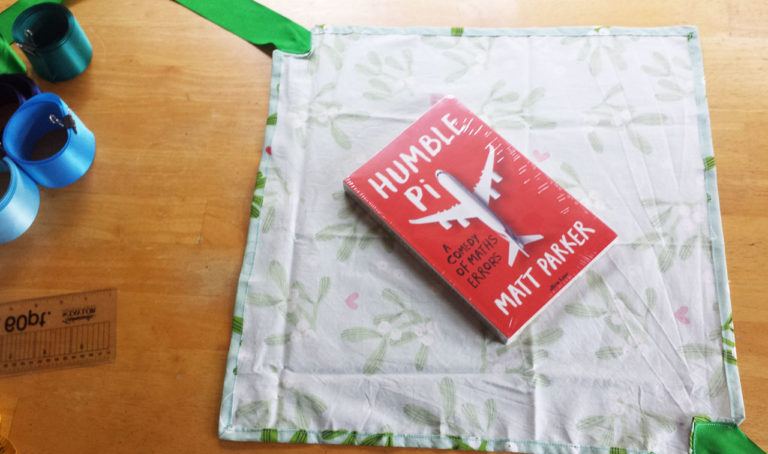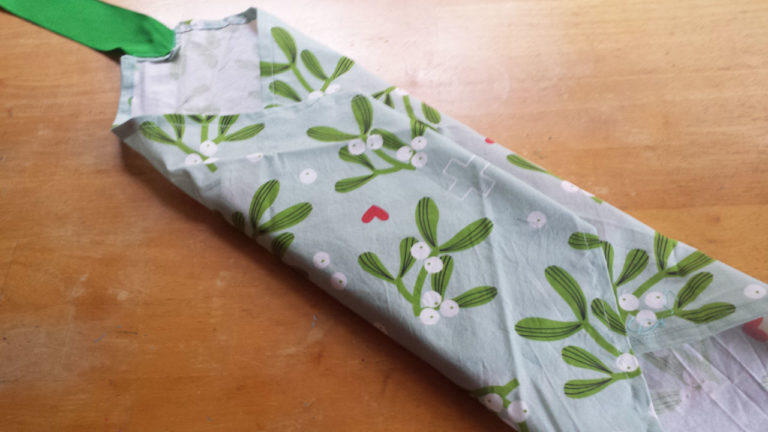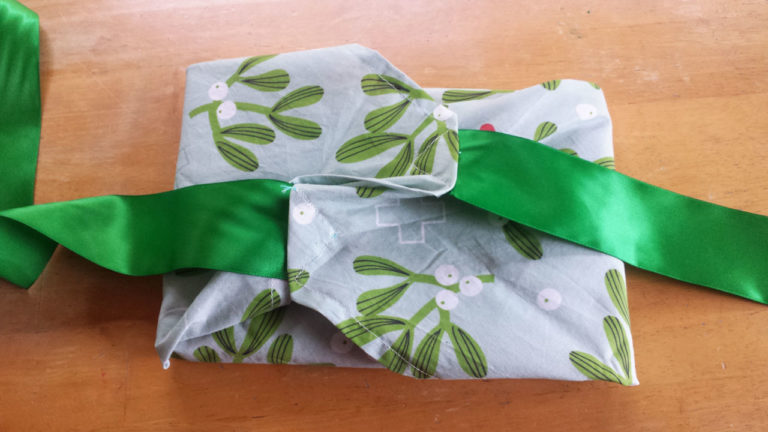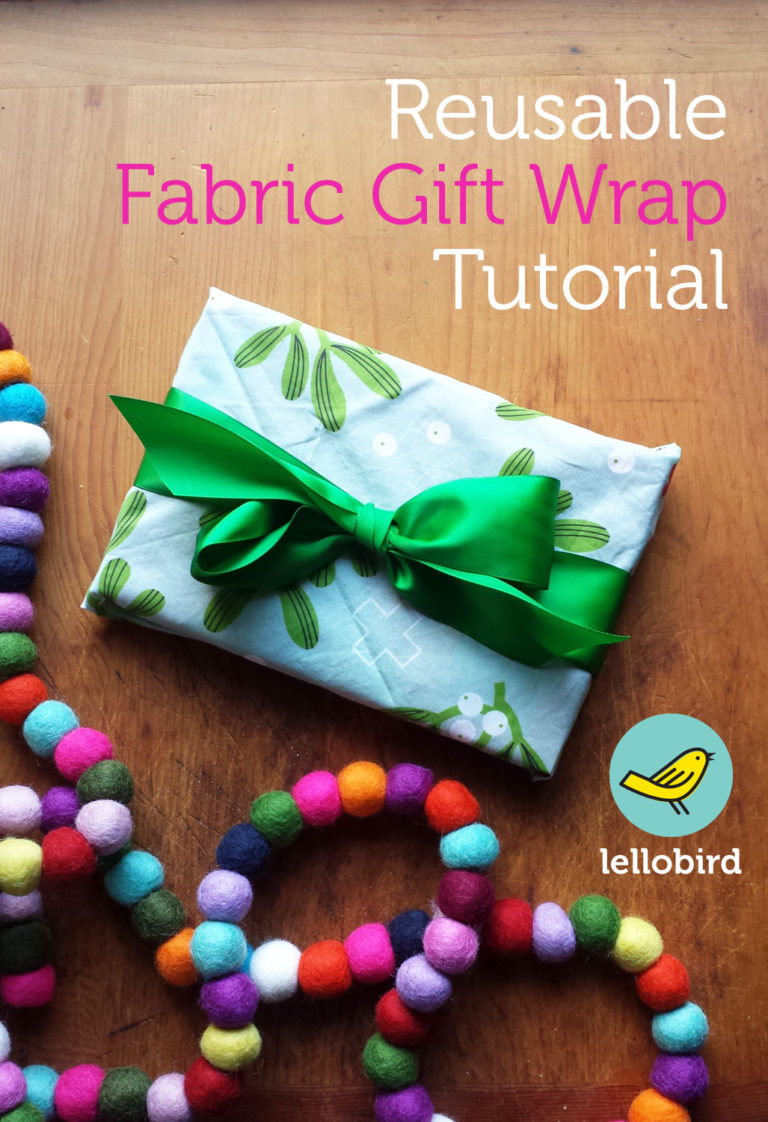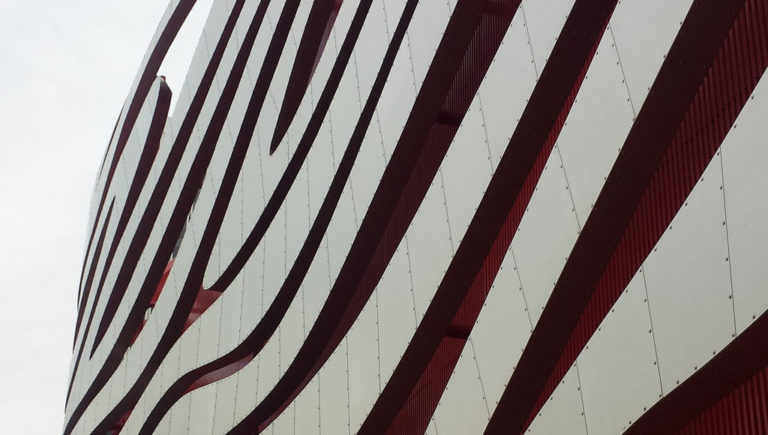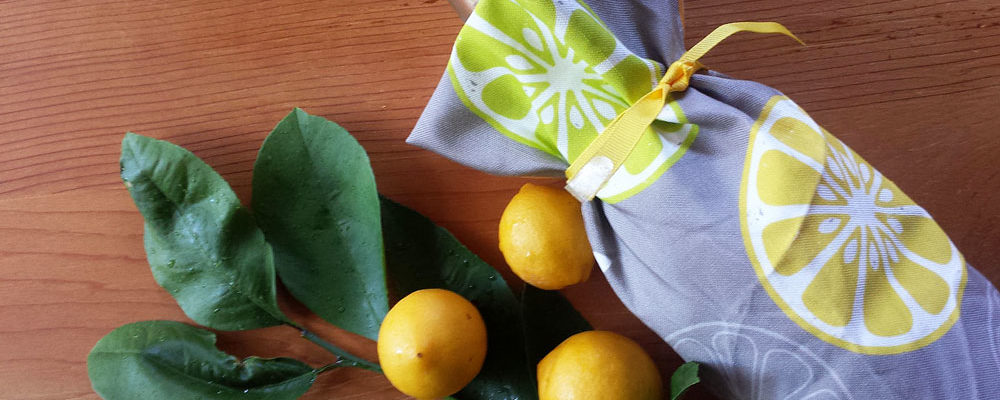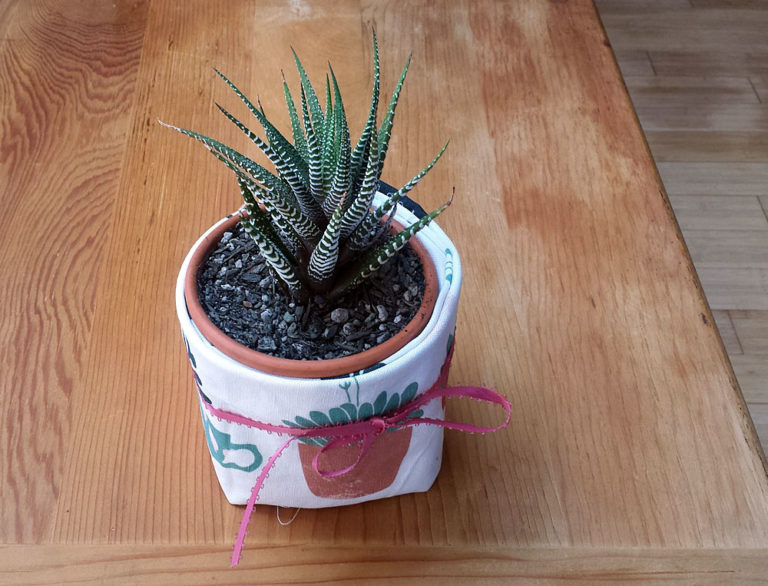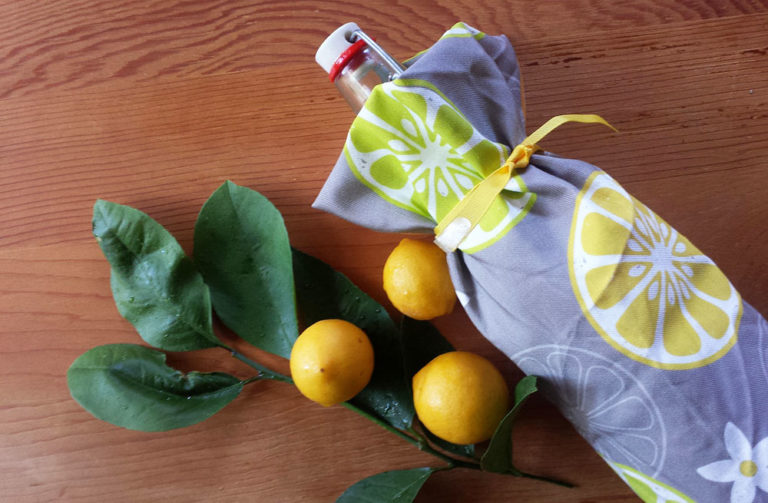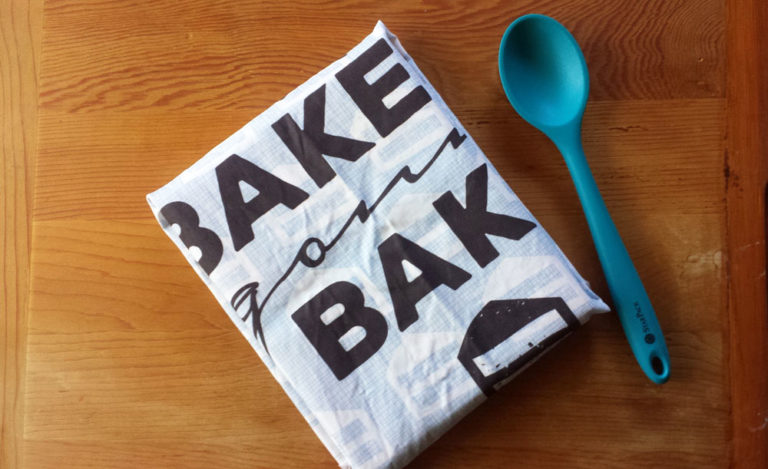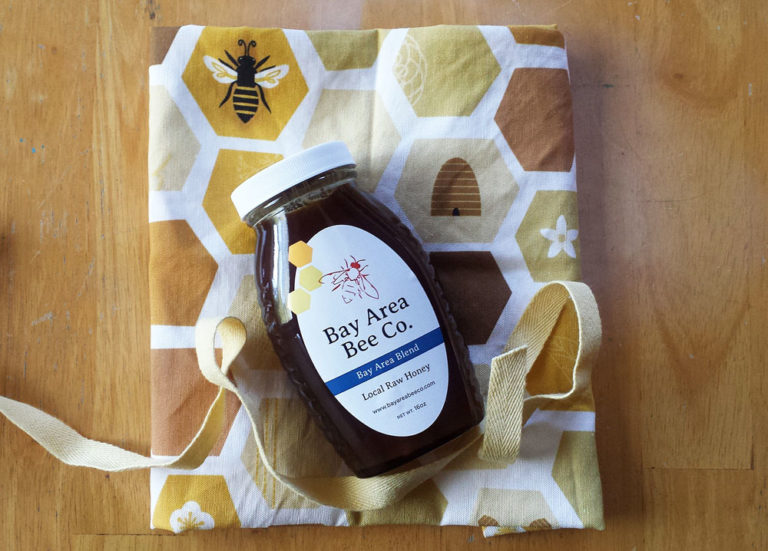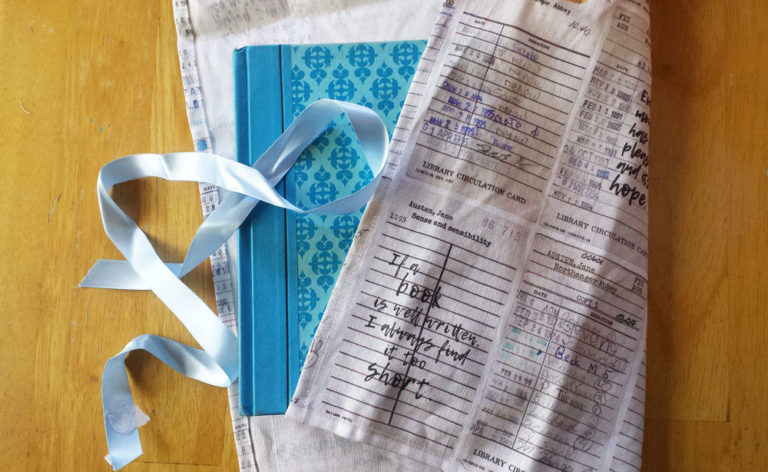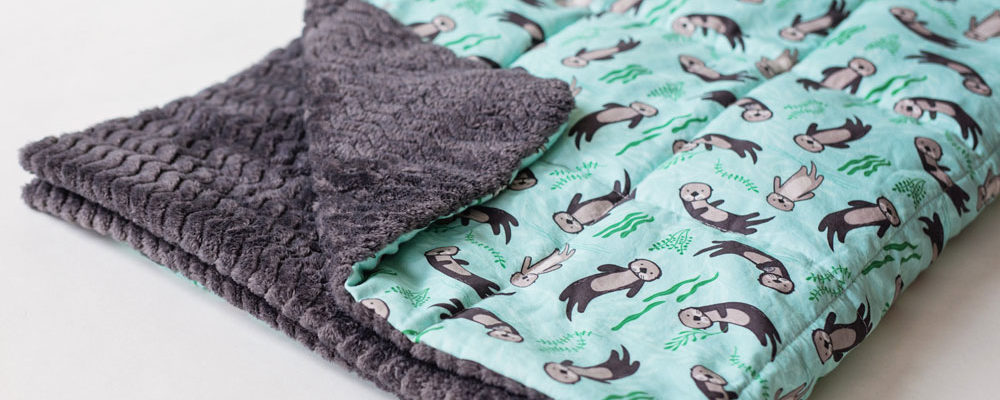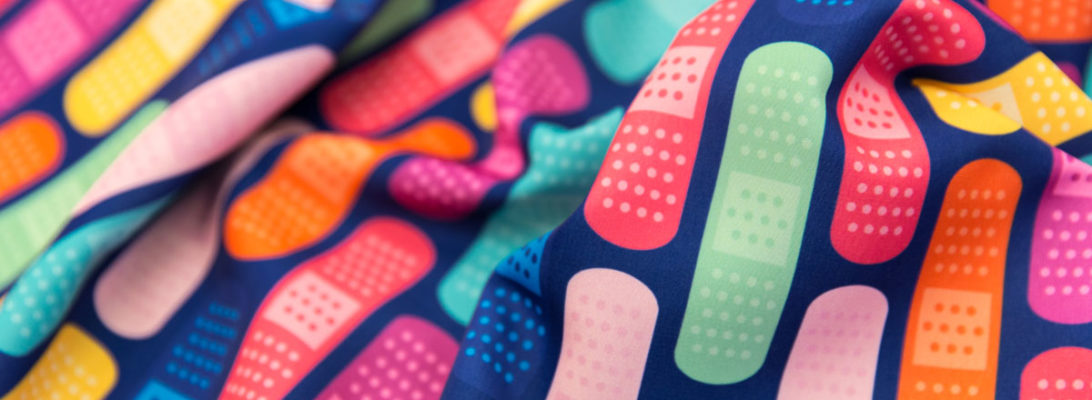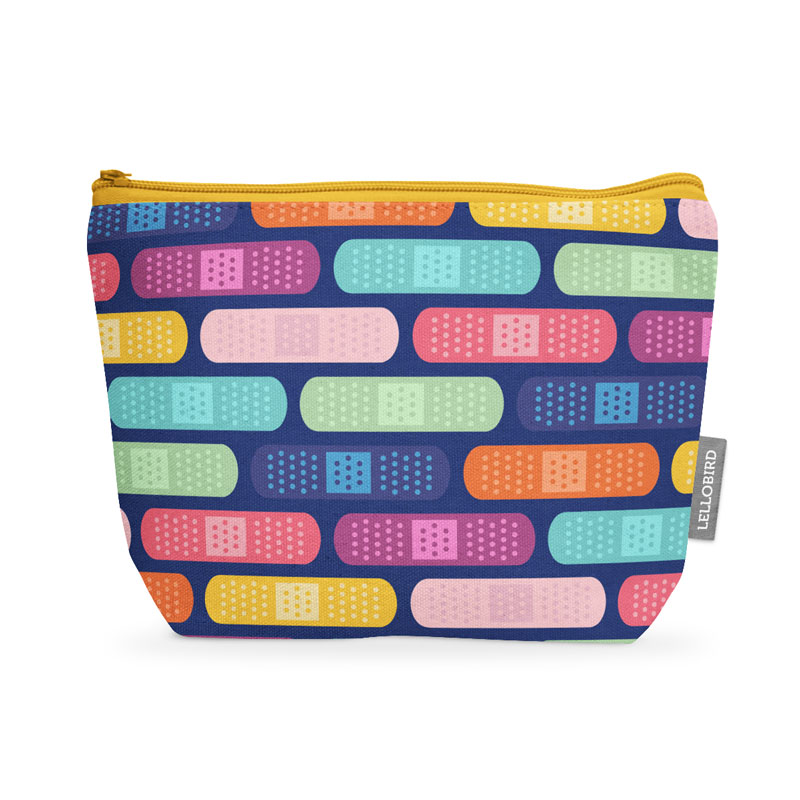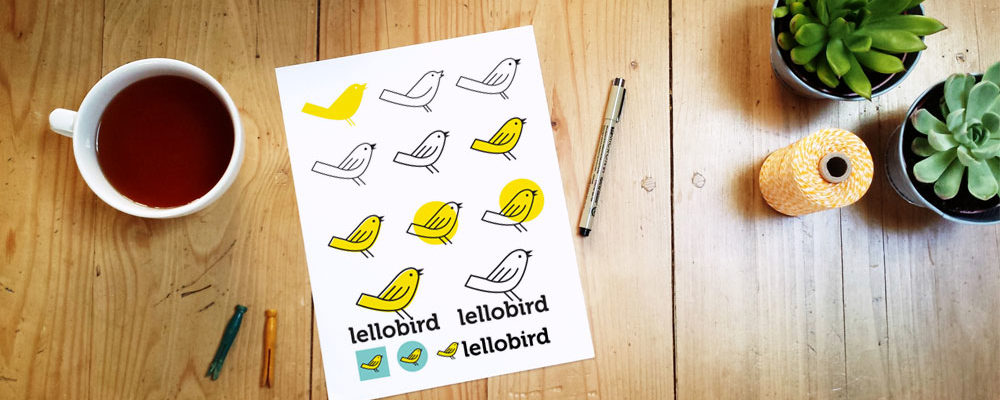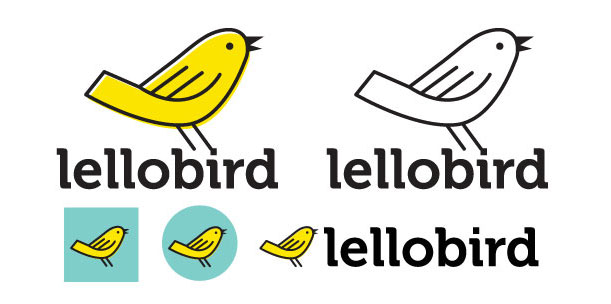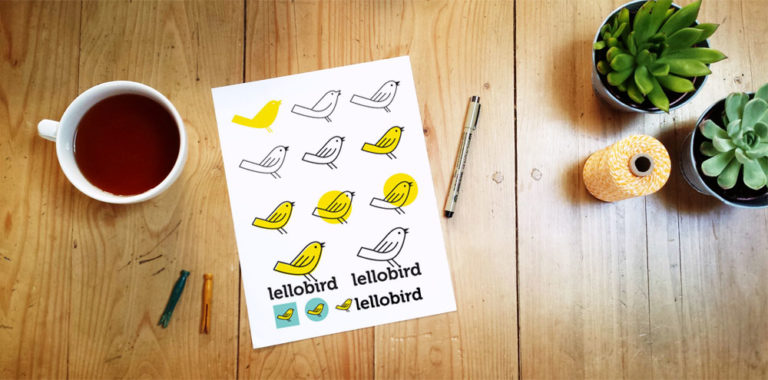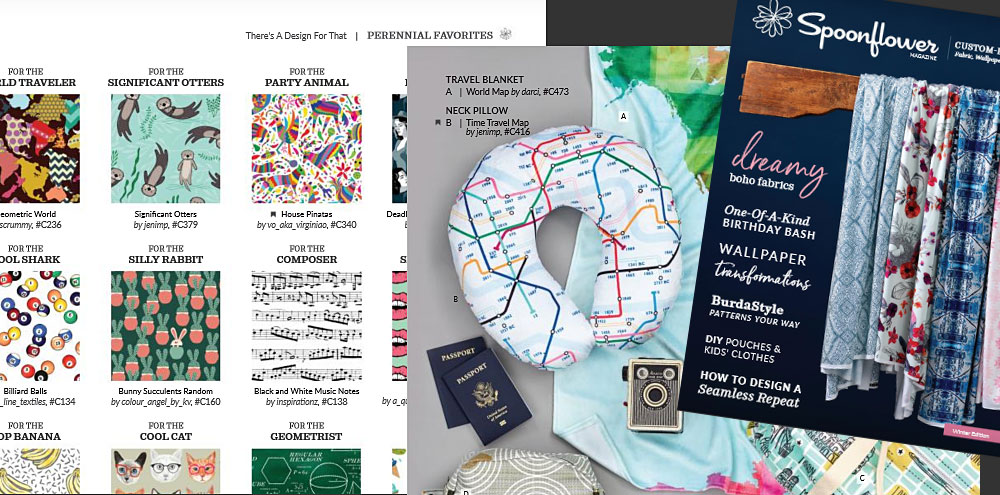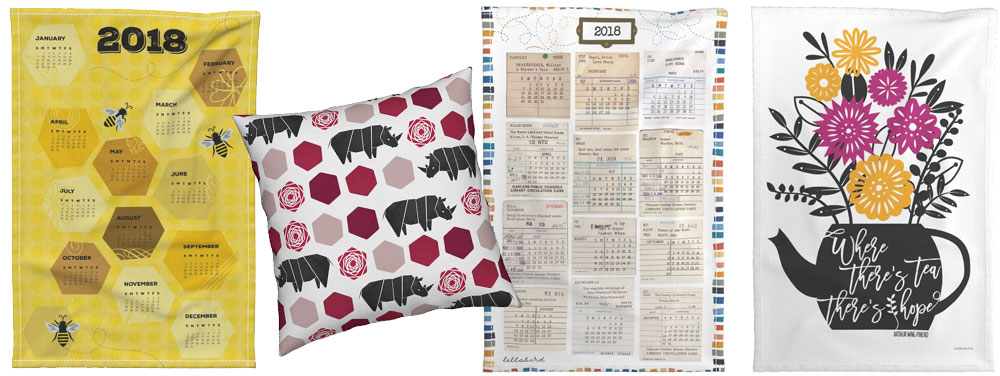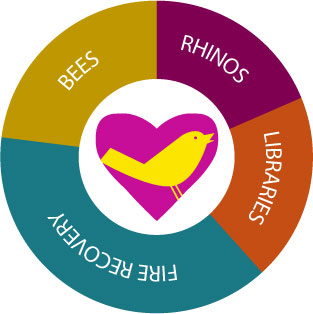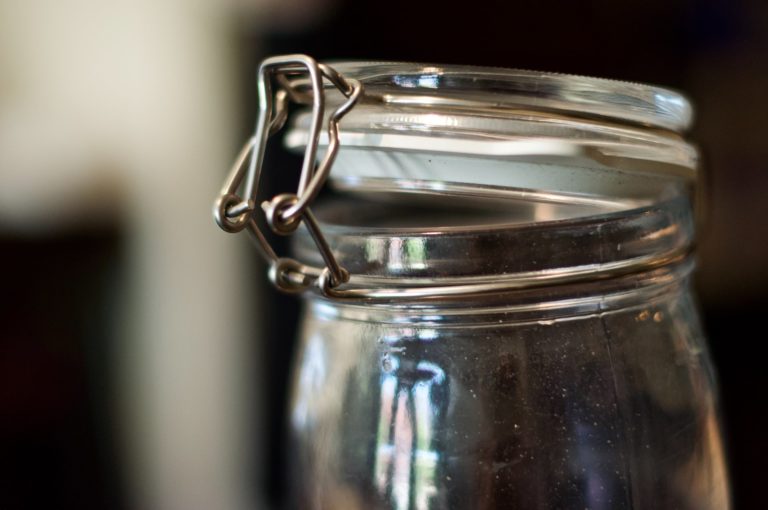
Ah, those dreaded words from a kid, “I’m bored.” (Right up there with “My head itches.”) Especially when you’re up to your eyeballs yourself in plenty of things that need to be done. There are lots of fun projects you can do together (plant a garden, bake some muffins (this recipe is a favorite in our house), make pulled string art) or places to go as a family (library, museum, nature walk), but sometimes you just need half an hour (or 10 minutes!) of quiet time while the kids entertain themselves.
That’s where the I’m Bored jar comes in. It contains slips of paper with activities on it that kids can do largely by themselves (you might need to help them set up, depending on how old they are) without too many fancy materials – it’s a mix of educational things, arts & crafts and a few chores. They pick a slip from the jar and do the thing. No whingeing allowed.
The sweet spot for this list is probably about 5-8 years old – old enough to read the slips and work independently, but young enough to be excited about exploring the world around them. If your kids are older or younger, you can pick and choose the activities that would work for them, modify them slightly or add in your own ideas. And, obviously, every kid is different – if your kid doesn’t have a particular skill or moves in a different way or can’t go outside, you can adapt the ideas to work for your family and situation.
How to:
- If you’re using the slips I made (see download below) as-is, print them out and cut them apart. Tip: If you let the kids do the cutting they’ll be less perfect, but you can count it as building fine motor skills! For extra eco-friendliness, print them on the back of some of the colorful handouts or worksheets your kid brought home from school at the beginning of summer break!
- Use any container you have on hand – it could be a mason jar if you have a stash of them, but it could also be a sand bucket for that summertime feel, or an upcycled peanut butter jar, or a shoebox. Use your imagination and challenge yourself not to buy something new! The only rule is that it should be big enough to easily get your hand inside to pull out a slip. Your kids’ first activity could even be decorating the container so everyone knows it’s special and feels invested in it. (If you’re an overachiever, see these blogs for some fun ideas for making your jar pretty with washi tape and other fun things.)
- When you’re ready to do an activity, pull out a slip and do the thing. It can be useful to have some instructions and basic art materials (paper, markers, crayons, watercolors, pencils, glue, scissors, ink pads) and cleaning supplies (a duster, some rags, a dustpan and broom – obviously they shouldn’t be using anything dangerous on their own) cued up in a spot where everyone can reach them so kids can dive right in without too much management from you.
- Remember my rule from before: No whingeing. You get what you get and you don’t throw a fit, as we used to say in preschool.
- After you use a slip, either put it back in the jar to use again or set it aside for future use.
P.S. There’s nothing that says adults can’t use these ideas, too – if you’re looking for inspiration, go ahead and try drawing things in your favorite color or playing with sidewalk chalk, and see if it doesn’t make you feel like a kid again! I give you permission to skip dusting the baseboards.
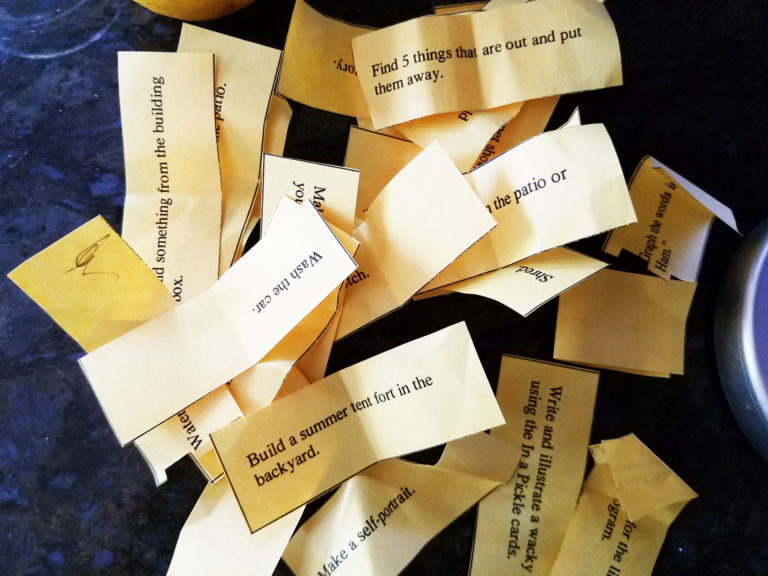
50 Summer Activity Ideas
- Work a jigsaw puzzle.
- Build something with materials from the recycling bin.
- Draw with sidewalk chalk.
- Put on a puppet show. You could even make your own puppets from socks, bags or craft sticks.
- Build a fort, inside or outside. (Couches, tents, beds, chairs and patio tables are all good fort starters!)
- Draw a self-portrait.
- Find 5 interesting things outside/in the yard.
- Read for 15 minutes. (Bonus points if you’re also signed up for your local library’s summer reading program)
- Draw an obstacle course with sidewalk chalk (for yourself or even for your neighbors!) encouraging passersby to hop, skip, jump, etc. down the sidewalk.
- Make a magnetic poem on the fridge.
- Make thumbprint art.
- Write and/or illustrate a list of 5 things that make you happy.
- Find 5 things that are out and put them away.
- Write a haiku.
- Write (and illustrate, if you want) a wacky story using Story Cubes, story stones (you can make your own), In a Pickle cards or other prompts.
- Write a letter or email to your favorite author. (Suggestions for things to include in your letter: What do you like about this author’s book? Who is your favorite character and why? What questions would you like to ask the author?)
- Pick an art prompt to draw. (There are lots of fun prompts on the web and Instagram, but Tinkerlab has some that are especially good for kids.)
- Write an acrostic poem with your name or another favorite word.
- Write a letter or postcard to someone and mail it.
- Draw all the things you can think of that come in your favorite color.
- Draw everything you can see from where you’re sitting.
- Clean all the door jambs you can reach with a wet sponge or Magic Eraser (they’re probably your fingerprints, anyway).
- Call or email (or Facetime, etc. – this one may need a screen, depending on how you and your subject communicate best) an older relative or family friend and interview them about their childhood.
- Pair up all the socks from the clean laundry basket or sort laundry into piles for each member of your family.
- Draw a map of your house, your neighborhood or your favorite place (real or imaginary). Put in lots of details.
- Make paper airplanes and see which ones flies the farthest.
- Sweep the floor/patio/sidewalk/garage (pick one).
- Make something with Legos. (Need an idea? Pick something from this list.)
- Play with play dough.
- Paint some rocks and leave them for neighbors to find next time you go for a walk.
- Make a collage using an old magazine or calendar. (Ask a grown-up before cutting it up!)
- Draw an animal that’s a mix of two animals and make up a name for it – what about a mouseraffe (part mouse, part giraffe), or a monken (part monkey, part chicken)? Pretend you’re a scientist who discovered this animal and write about it – what does it like to eat? Where does it live? Is it fierce or friendly?
- Dust a shelf or table.
- Decorate some bookmarks for yourself or to give to friends or leave in your local Little Free Library.
- See how many dominoes you can line up and knock over in a chain. Can you make them go up ramps (books make good ramps) or around furniture legs?
- Go through your school (or camp) backpack and empty out anything that doesn’t belong or needs to be washed, replaced, recycled or returned.
- Play a board game or card game. (If you’re playing by yourself, try something like Memory).
- Make up your own board game.
- Make a town with Legos, blocks or boxes for your toy cars or people or animals to live in.
- Water the plants.
- Make a family newspaper with articles and illustrations about what your family is doing.
- Walk through the house and find 5 things that belong in your room and put them away.
- Write (or draw) a story or a comic.
- Put on some music and have a dance party.
- Dust the baseboards.
- Invent a superhero and draw them. What are their special powers? Where do they live?
- Make a treasure map.
- Go through your books or toys and pick 5 things you could give away.
- Find something in the house or yard for each color of the rainbow.
- Put away anything that’s on the floor in your bedroom.
Here are all the above suggestions in a handy 3-page PDF printable. This printable is free for your personal, non-commercial use – just sign up for my newsletter (also free, and I promise not to spam you, and if you’re already on my list it won’t double you up!) to download the PDF:
“I’m Bored” Summer Activities Printable
Photo of jar by Dan Dennis on Unsplash
